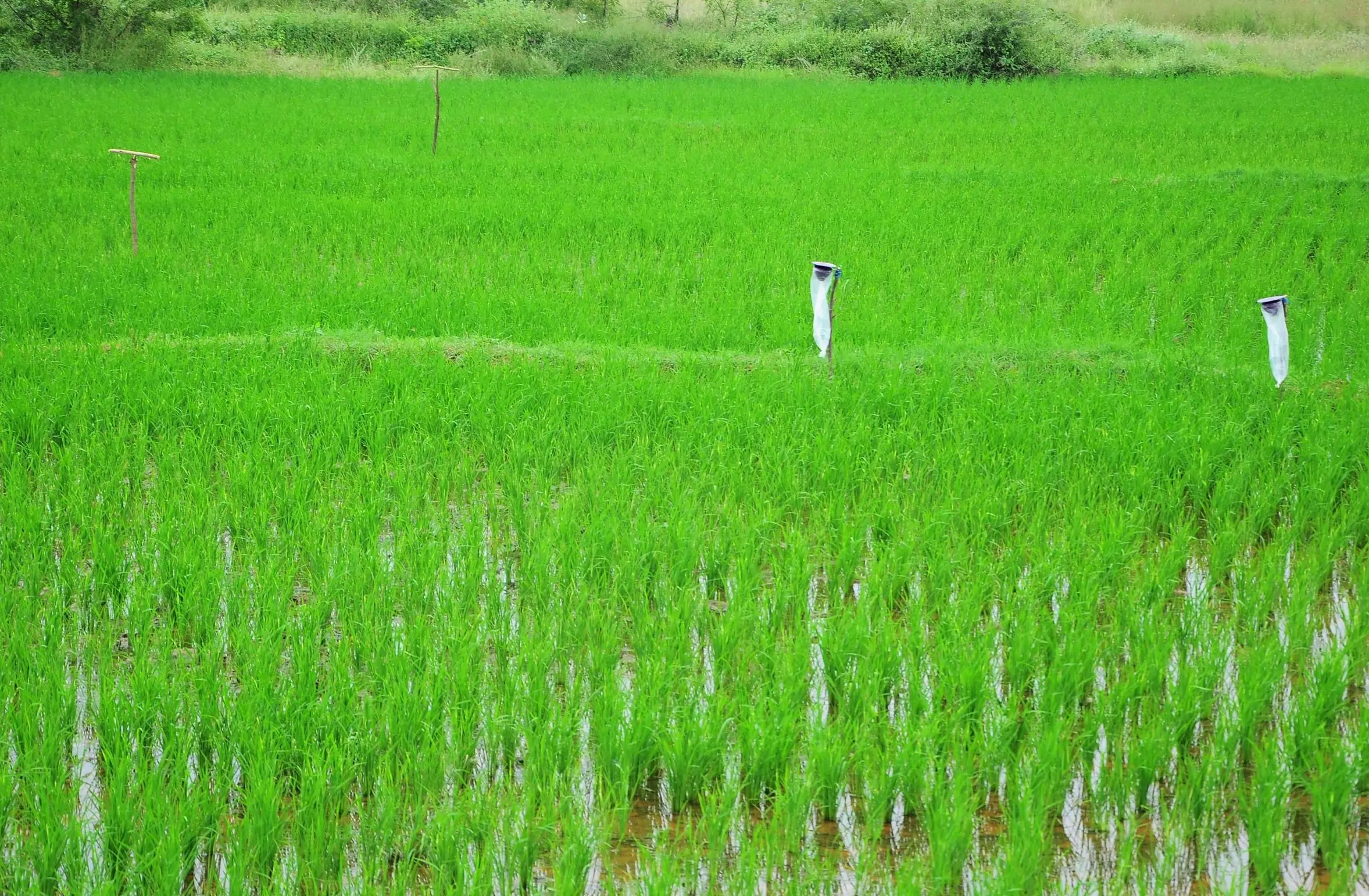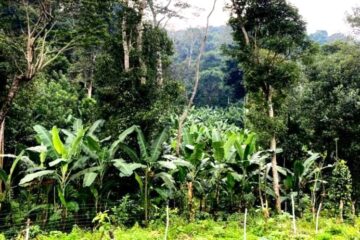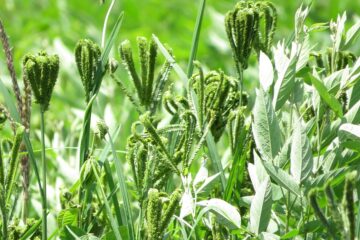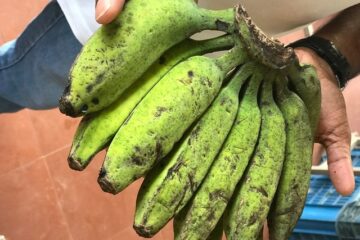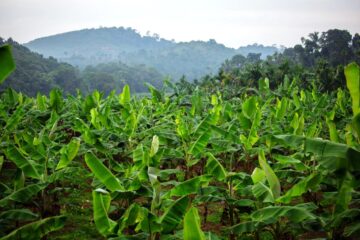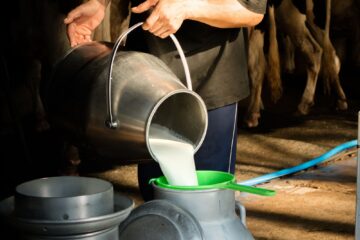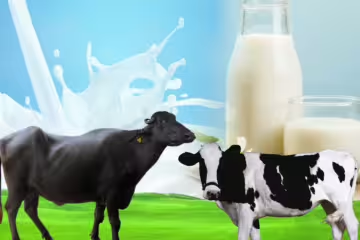Published in: February 2019
Today, with limited opportunities to expand agricultural land, increasing production relies heavily on modern agricultural techniques. Despite technological advancements, severe crop losses still occur due to biotic and abiotic factors. The use of chemical pesticides for crop protection leads to environmental pollution and pest resistance. Hence, the role of pheromone traps in crop protection is becoming more prominent than chemical pesticides.
The primary functions of pheromone traps are to monitor and attract pests to control their population. These traps are specifically designed to attract and capture insects of the same species.
How Pheromone Traps Work
A female insect of a species secretes a specific scent to attract a male insect of the same species for mating. This scent is called a pheromone. Only male insects of the same species can detect this scent. Attracted male insects seek out the female for mating, leading to egg-laying and subsequent larval infestation on crops. Pheromone traps are used to prevent this reproduction by attracting and trapping male insects before they can mate. Unmated female insects lay infertile eggs that do not hatch into larvae.
Both male and female insects release pheromones, but the female’s pheromone travels a longer distance. Thus, female pheromones are predominantly used in crop protection. Besides mating, insects also secrete pheromones to identify food paths and prepare safety clusters.
Types of Pheromone Traps
Common types include long polythene bags, water-based round traps, and triangular cardboard traps. There are also traps for attracting fruit flies and rhinoceros beetles. Artificial pheromone lures, usually in rubber vials, are placed in these traps and positioned slightly above the crop level in the field.
These traps must be securely tied to stakes to prevent them from swaying in the wind. The rubber vials release the chemical pheromone into the field, attracting male insects of the specific species. The insects, attracted by the pheromone, get trapped in the long polythene bags. In water-based traps, a mix of water and a small amount of kerosene is added to drown the insects.
Installation and Monitoring
Pheromone traps should be installed at a rate of 10-12 per hectare, with a spacing of 30-40 meters. On average, 3-4 insects get trapped daily per trap. The number of trapped insects helps determine the pest’s damage and movement. For monitoring purposes, two traps per hectare are sufficient. Capturing one male moth can prevent 200-300 larvae from being produced by the female’s eggs.
Important Considerations
When using pheromone traps, ensure that specific pheromone lures for the target insects are used. Replace the rubber vials every 21 days. The opening of the polythene bags should remain open to ensure trapped insects cannot escape.
Benefits
Using pheromone traps prevents environmental pollution, reduces management costs and time, and minimizes crop damage by targeting pests before egg-laying. They are particularly beneficial for vegetable crops, reducing the need for chemical pesticides. Pheromone traps selectively attract target pests without harming beneficial insects, thus promoting a healthy ecosystem. There are no issues of pest resistance or pesticide residue. These traps can be integrated with other crop protection methods.
P. Narayanan, Technical Expert, Agricultural Science Center, Keelnelli-604410, Thiruvannamalai.

